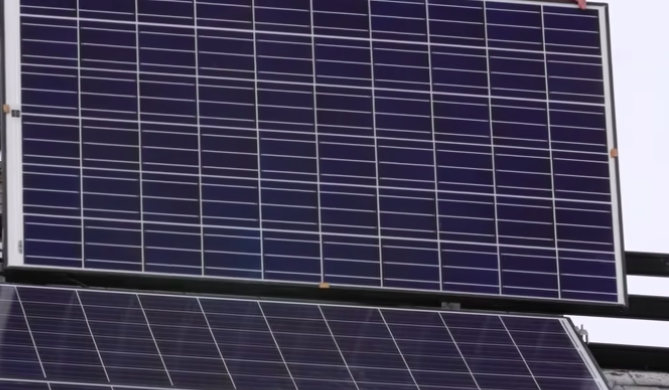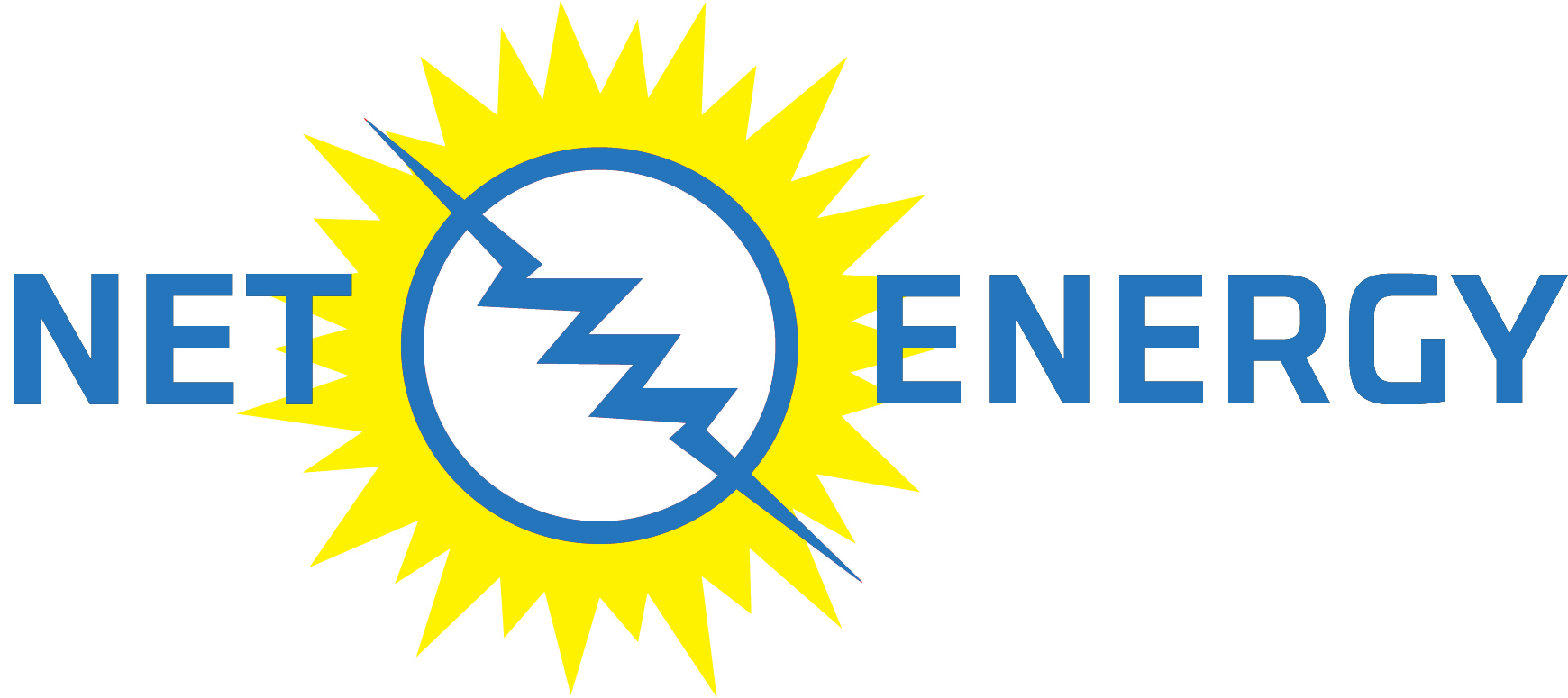 Many solar company ads like to tout the phrase, “No electric bill!”
Many solar company ads like to tout the phrase, “No electric bill!”
And while that’s not quite true, Florida Power & Light customers who install solar panels on their homes can get rid of most of their monthly electric bill with the right system on their roof. Some 17,000 FPL customers have done so.
But interested consumers should be aware that solar energy is a long-term solution and a costly investment, upward of $20,000 for an average-sized house.
Is My Home a Good Candidate for Solar?
A place to start your research is with the PVWatts Calculator from the Department of Energy. The calculator shows how much energy solar panels should produce. Then you compare that with the kilowatts you use, which you can find on your FPL bill.
FPL installs a special meter on the property that captures the energy going to and from the grid. Excess energy can be sold back to FPL and is credited on future electric bills, lowering the customer’s overall cost for electricity.
The average-size solar system for a home is 8 kilowatts, or 8,000 watts of electricity, according to FPL. For this system, homeowners only need to obtain a city or county permit, enroll in FPL’s net metering program and sign an interconnection agreement with the utility to participate.
Larger homes require a bigger solar panel system. This system has a $400 application fee, and homeowners must carry a $1 million general liability insurance policy.
FPL customers can apply for the net metering program at fpl.com/netmetering.
How Much Power Can I Expect My Solar Panels to Generate?
FPL’s net-metering customers generate power by day with their solar systems but draw power by night from the grid. The peak months for generating solar are March through June. During the summer, many homeowners use more air conditioning thus consuming more power.
Power generation also depends on the direction your solar panels are facing, trees and other shade near your home, as well as the weather.
Solar panels on the roof facing south are best. East-west facing roofs also can be used but will produce less energy. Most agree that north-facing roofs should never be used.
But the main enemy is shade. Keep trees trimmed near the roof to maximize solar production from the sun.
When installing solar panels, it’s best to stay about 2 feet to 4 feet away from the roof’s edges to keep solar panels protected in hurricane winds. Solar panels need a racking system that meets wind code, which can be up to 180 mph in hurricane heavy places like South Florida.
How Much Does a Solar System Cost?
Solar systems are custom built. The cost depends on the quality of the solar panels, how many are needed, and the racking systems used to hold them down. Prices for solar panels have been dropping so more consumers are buying the systems, rather than leasing.
The best solar company in South Florida, Net 0 Energy Homes employs a highly experienced team of expert solar panel installers of domestic and commercial solar panel (PV) systems across South Florida, including West Palm Beach, Fort Lauderdale, Miami, Florida Keys, and the Bahamas.
We also provide and install radiant barrier attack shield, quality insulation, solar water heaters, solar pool heaters, and a myriad of other amazing products to keep your home’s heating and cooling costs as low as modern science will allow. Contact now for a consult on how solar can work for you.
Net 0 Zero Energy solar electricity systems are made of high-quality US manufactured modules of top tier quality. While our solar water heating systems are manufactured by Solar Development Incorporated, Florida’s oldest solar manufacturer located in Palm Beach County since 1974.

